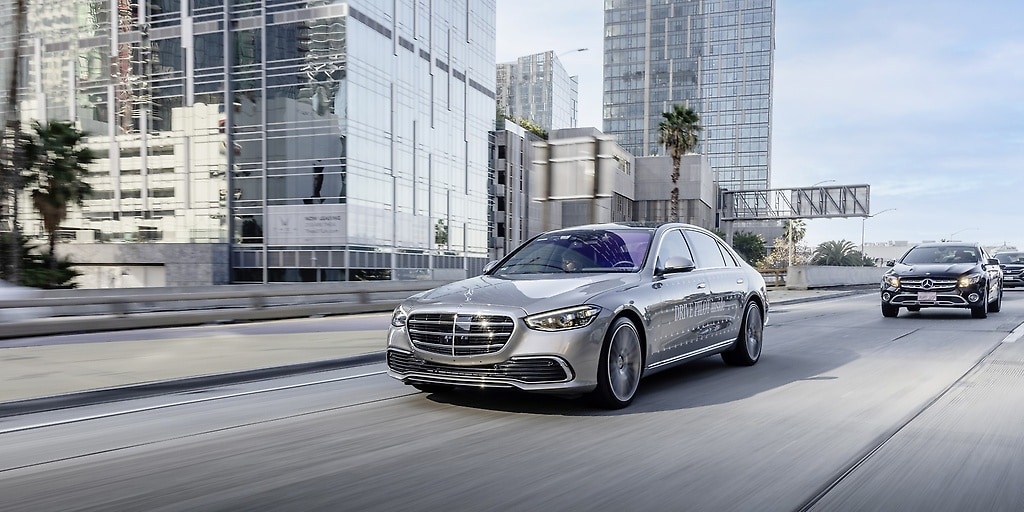Note: Design Intention is not defined as hope or future capability or goal. Design intention means the specifications and capabilities as defined by the manufacturer of the system.
Page 36
Mercedes is actually deploying a L3 system which is also their design intention for that particular system. Same vehicle can have a L4, L3 and L2 modes. Note how they do not claim the vehicle L3 mode is intended to do L4 someday in the future. Mercedes differentiates those modes and their capabilities.
Since the invention of the automobile in 1886, Mercedes-Benz has repeatedly set standards in vehicle safety with new innovative technologies. Safety is a core element of the Mercedes-Benz brand.

group.mercedes-benz.com
L2 Mode Intelligent Drive
(Does the usual lane keep, lane change, adaptive cruise control with constant human supervision)
L3 Mode DRIVE PILOT
(Does the lane keep and adaptive cruise control on specific sections of divided highway below 30mph without human supervision but may be requested at any time)
L4 Mode INTELLIGENT PARK PILOT²
(Parks cars without human supervision in specific garages equipped for it.)
Design intent does not mean future goals. It means the capability of the system as described by the manufacturer of said system. If Tesla says FSD beta is L5 then it is. It would be a bad L5 system with the current issues it has, but it will be treated as L5 and when it gets into an accident Tesla bares full responsibility and liability for any damages as a result of the accident. Uber learned that the hard way.



